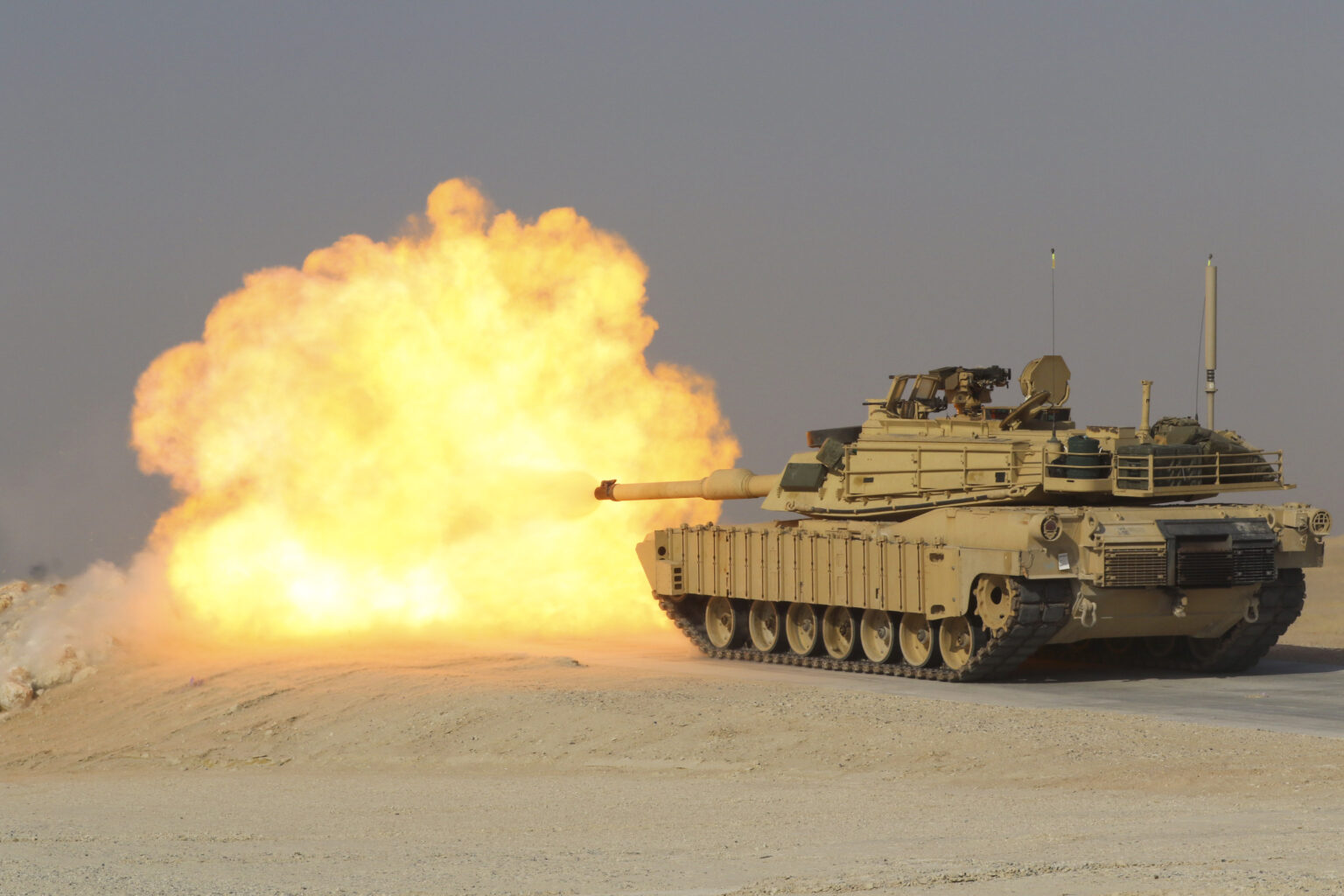
Ballistic Shock MIL-STD-810 Method 522 evaluates equipment designed for armored combat vehicles’ ability to withstand the shock associated with non-perforating large caliber munition impact or blast. This testing can be used to provide a degree of confidence in the the equipment’s ability to function after such a shock, or be used to evaluate shock mitigation designs and mounting configurations.
Ballistic Shock Characteristics
Ballistic shock characteristics include high acceleration from 300 to 1,000,000 g’s within a short duration time (generally under 180 msec). These mechanical shocks have a very wide bandwidth extending from 10 Hz to 1 MHz and are highly random in nature. It should be noted that effects of the shock are highly dependent on the distance from the actual impact as high frequencies will be filtered by the structure of the vehicle.
Ballistic shock can have a number of adverse effects on electrical, mechanical, and electronic devices. Aside from complete mechanical failure of the test item, ballistic shock can cause integrated circuits failures, printed circuit card damage, and electronic connector failures. Failures can also occur due to fractures in crystals, ceramics, epoxies, or glass envelopes. Additionally, intermittent, functional failures can also occur due to relay chatter and piezo electric effects of high frequency shock on electronics.
Procedures for Shock Testing
There are six procedures available for Ballistic Shock testing:
- Procedure I – Ballistic and Turret (BH&T), Full Spectrum Ballistic Shock Qualification incorporates the firing of projectiles on an armored hull or turret. This test is very expensive and poses safety concerns.
- Procedure II – Large Scale Ballistic Shock Simulator (LSBSS) uses a shock machine to produce a shock spectrum from 10 Hz to 100 kHz. It can be used for items weighing up to 1,100 lbs. (500 kg).
- Procedure III – Limited Spectrum, Light Weight Shock Machine (LWSM) is for components weighing less than 250 lb. (113.6 kg) and items that are shock mounted to filter frequencies above 3 kHz.
- Procedure IV – Limited Spectrum, Mechanical Shock Simulator for components from 1 to 4 lb. (0.5 to 1.8 kg) Machines for this testing can produce Shock Response Spectrums (SRS) up to 10 kHz.
- Procedure V – Limited Spectrum, Medium Weight Shock Machine (MWSM)is available for components weighing less than 5,000 lb. (2273 kg) that are not sensitive to frequencies above 10 kHz.
- Procedure VI – Drop Table testing is acceptable for the majority of ballistic shock qualification testing. Although drop testing over-tests at low frequencies and under-tests at high frequency the reduction of cost in testing makes it an attractive alternative.
Detailed Environmental Test Plan Templates
CVG Strategy offers EZ Test Plan Templates for MIL-STD environmental (climatic/dynamic) and EMI/EMC test documentation. Our Detailed Environmental Test Plans (DETP)s are written as specified in Department of Defense standard MIL-STD-810 Task 405. They are available for specific applications such as Ground Mobile, Ground Stationary, and Shipboard Controlled, Shipboard Uncontrolled, and Aircraft Military.
These DETPs include appropriate methods, (such as Ballistic Shock MIL-STD-810 Method 522) addendums for product specific information, test labels for photo identification and data sheets for collection of required data. Profile (LCEP).
Our Electromagnetic Interference Test Plans are written as specified in MIL-STD-461. They contain the test methodology, addendums for product specific information, test labels for photo identification and data sheets. These plans are available for procedures listed in MIL-STD-461 and are also available for MIL-STD-1275, MIL-STD-704, and MIL-STD-1399-300.
Custom Test Plans are also available for applications not covered in the EZ Test Plan offerings. These plans can be written for any number of applications and their relevant standards.
MIL-STD-810 Training Classes
CVG Strategy MIL-STD-810 classes will provide you with the ability to develop and conduct an environmental test program. Our two-day course not only provides you with valuable information about climatic and dynamic test methods but also includes training in the methodology to correctly apply test tailoring relevant to the test item’s expected life cycle.
This course is available online or onsite. Ample time is available for questions and comments so that participants are encouraged to keep engaged. Check here for our online Training Registration Schedule.
Put CVG Strategy’s Experience to Work for You
Companies of all sizes, from start up to established product developers, face challenges in product test and evaluation. This can particularly be the case when a product is developed for a new market sector or expanding sales internationally.
Properly tested products prevent costly product recalls, product redesign, and product liability. They maintain customer satisfaction and keep your company’s reputation in good standing. Contact CVG Strategy to see how our services can assist your engineering team with Ballistic Shock MIL-STD-810 Method 522 or any other MIL-STD-810 test and evaluation concern.


